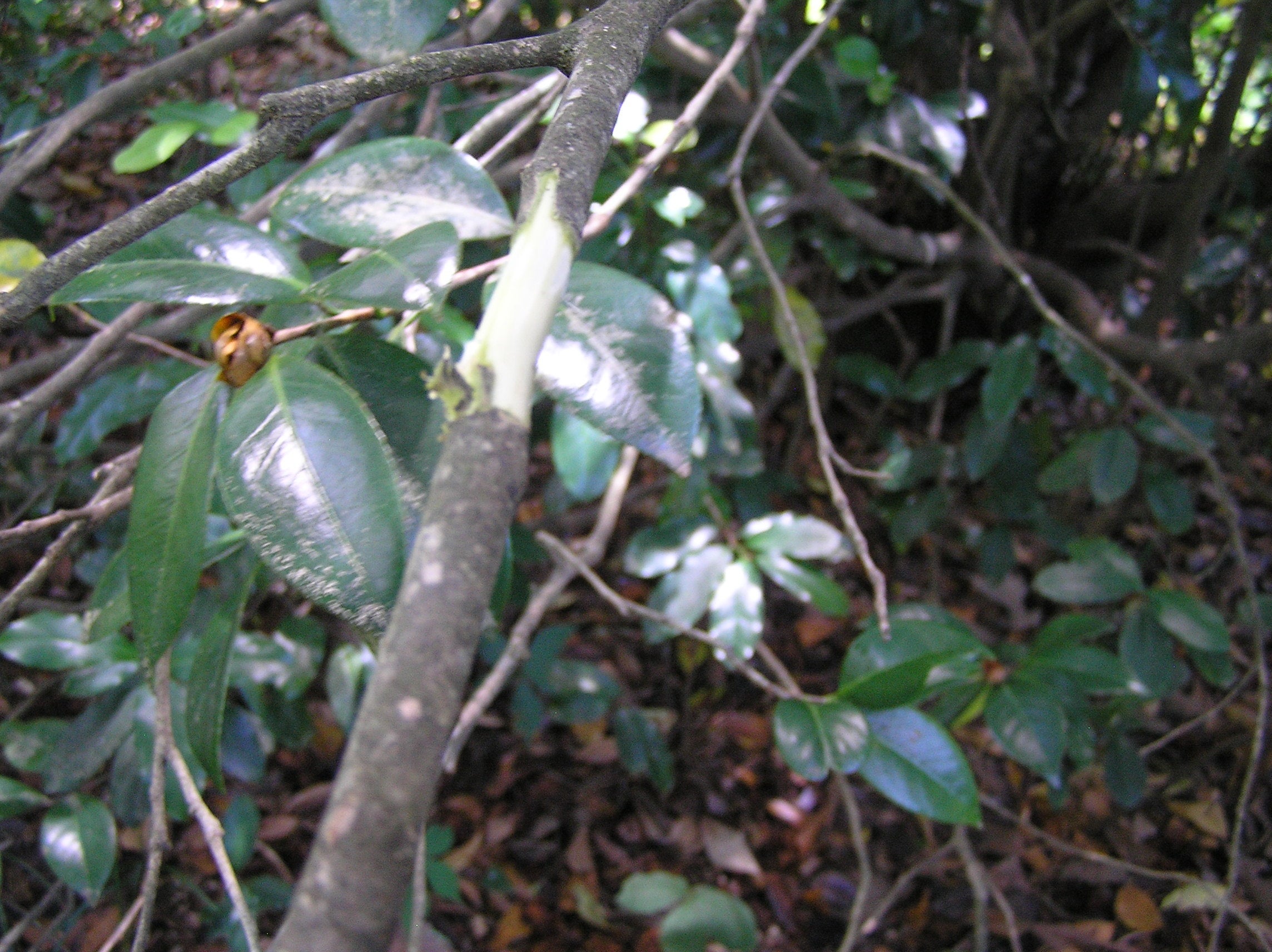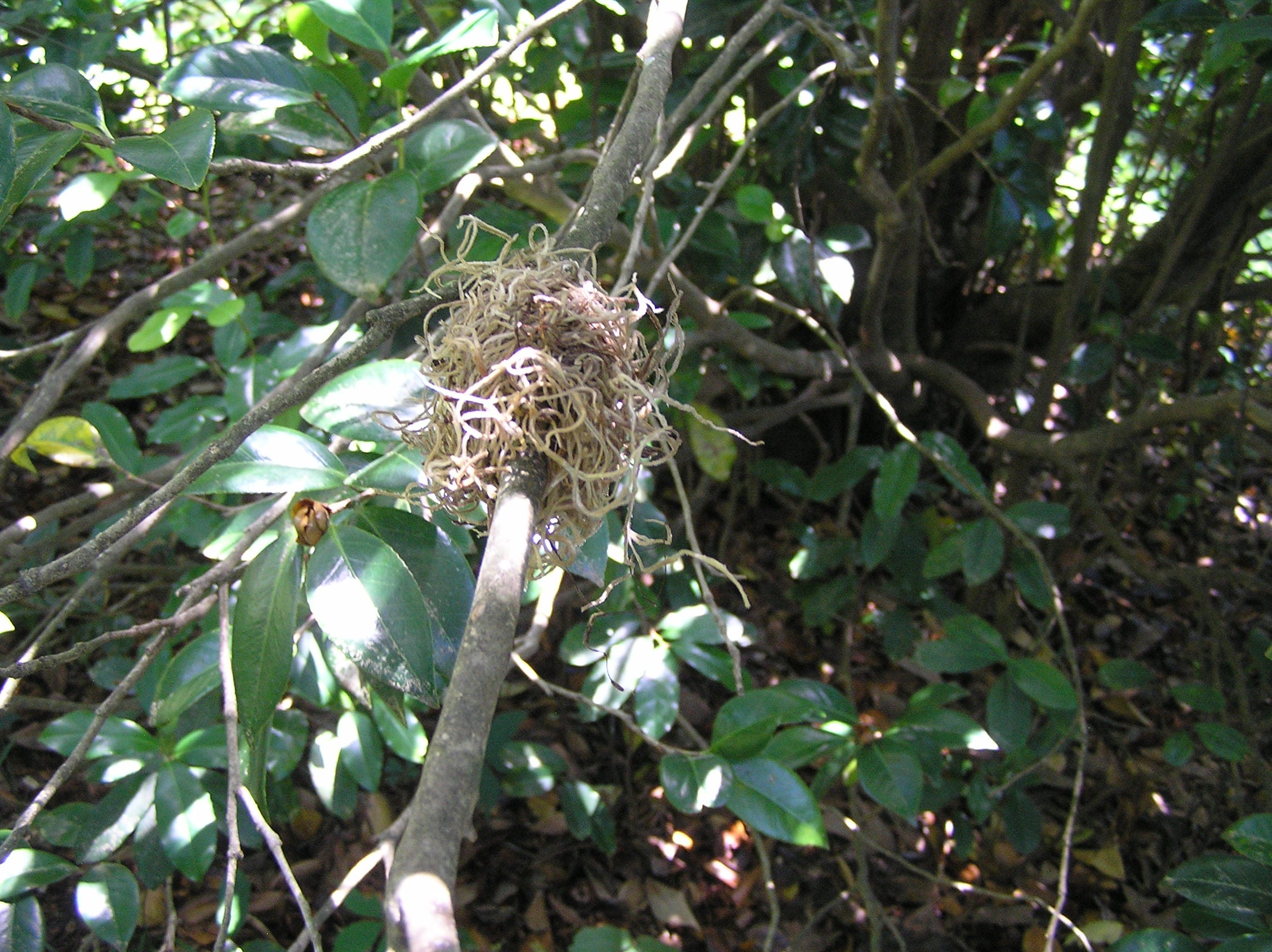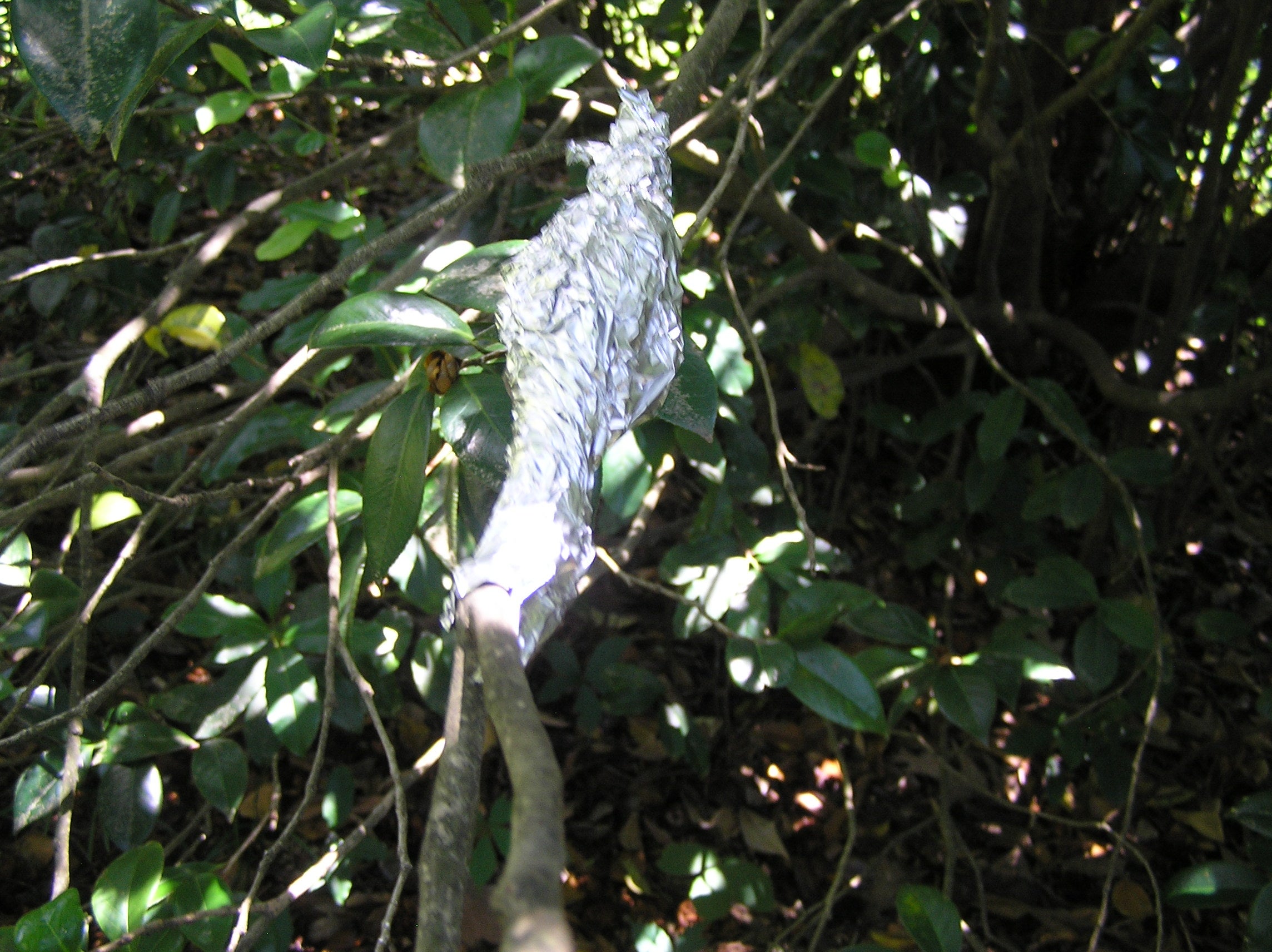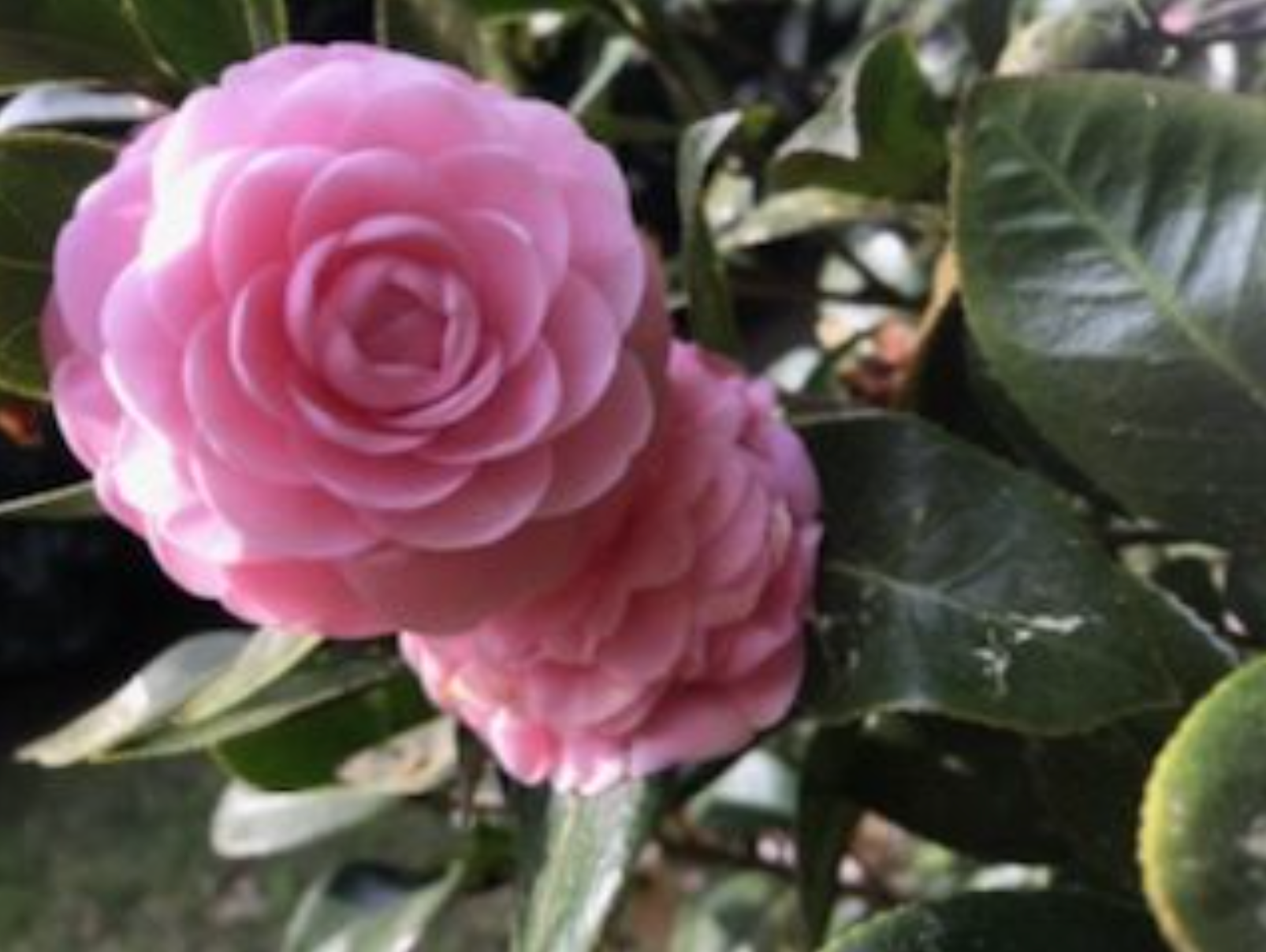Sorry for missing a couple of weeks. Blame the day job and a ton of personal chores, as well as the Pendleton King Park Plant Sale, which was a huge success this year and scads of fun.
The gardening chore list has been sadly neglected meanwhile. What should have been done in early spring should get done this weekend, air layering of beloved camellias. We were very fortunate to fall in love with a house previously owned by a camellia lover.
MORE: Gardening column: Augusta doesn’t need moonlight to make you swoon this time of year
Camellias, in my opinion, are hard to propagate. It’s claimed you can grow by seed. Ha. And by cuttings. Double ha ha. But what worked for me in the past, thanks to a very dear and talented gardener, Robert Rogers, is air layering.
With air layering, you are propagating a plant by turning a branch into a new plant. It will be the exact same as the mother plant, and this way you can get a good size plant to start with, instead of a twig cutting.



With Mr. Rogers’ and the American Camellia Society guidance, here’s what to do if you want more of these wonderful plants that bloom in the fall and winter:
One of the favorites in the yard is named, I think, Pink Perfection. I found a saved photograph from last winter to show you. Start by gathering up your materials – a sharp knife, rooting hormone, presoaked sphagnum moss, plastic wrap, twist ties and foil. You’re use them in that order.
Select a branch that is harden wood. You can select one that is a couple to a few feet long, but don’t go nuts and pick one that’s 4-inchs in diameter. You can go thicker than a pencil but keep in reason. Where you are going to cut will be where the roots will grow, hopefully.
MORE: Gardening Column: Dividing perennials can keep them blooming for years
Use the knife to slice away a ring of bark a couple of inches in length. Cut down past the outer layer and the green, cambium layer all the way around the branch.
Use the rooting hormone on the peeled section and wrap it with the damp moss. Wrap tightly with the plastic wrap and secure ends with the twist ties, then use a section of foil, dull side facing out, to cover the whole thing.
Roots should form by fall. When you can see them through the moss, cut your new baby from the mother plant, discard the plastic and foil but leave the moss and plant in a container. Mr. Rogers suggested leaving the baby in the container for a year. I followed his advice with a couple of starts several years ago. The plants are now in the ground, doing fabulously and will be used to create new babies this weekend.
Sandy Hodson is a staff reporter covering courts for The Augusta Press. Reach her at sandy@theaugustapress.com.










